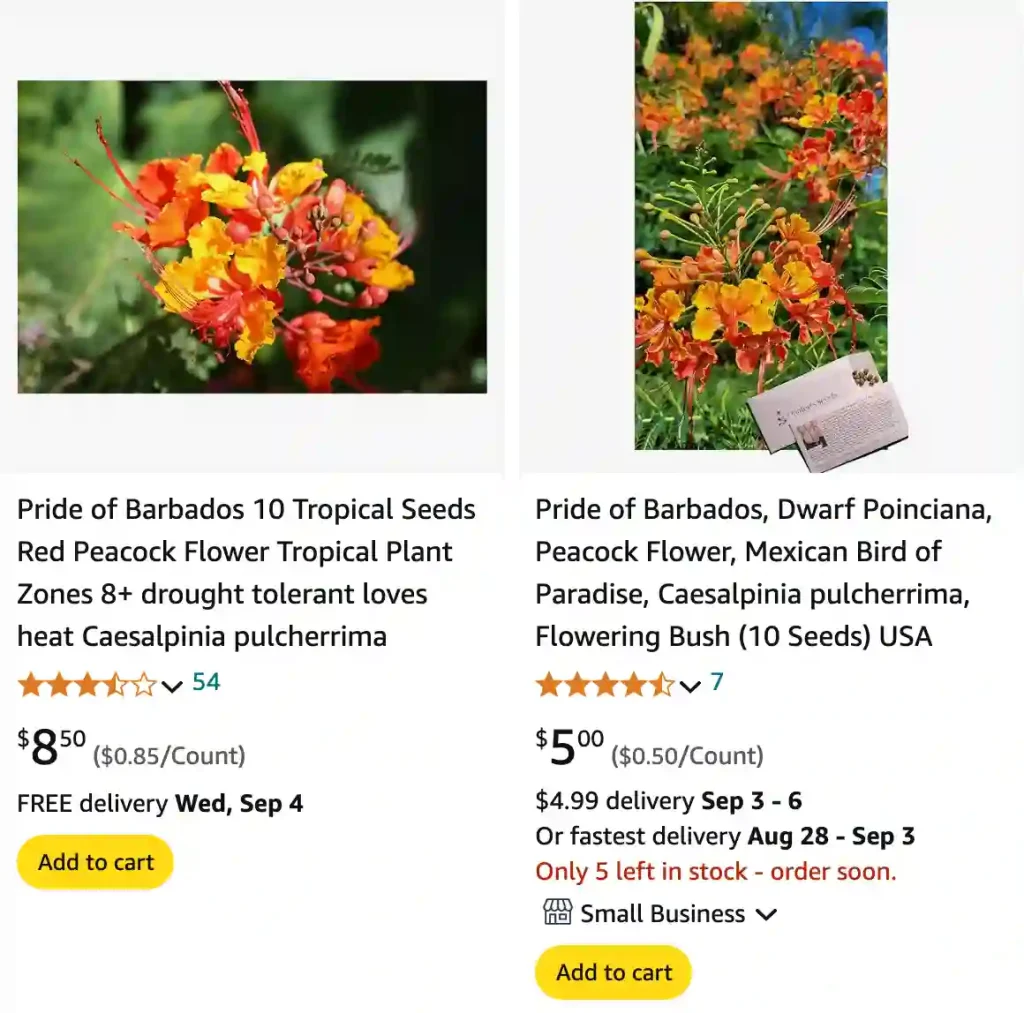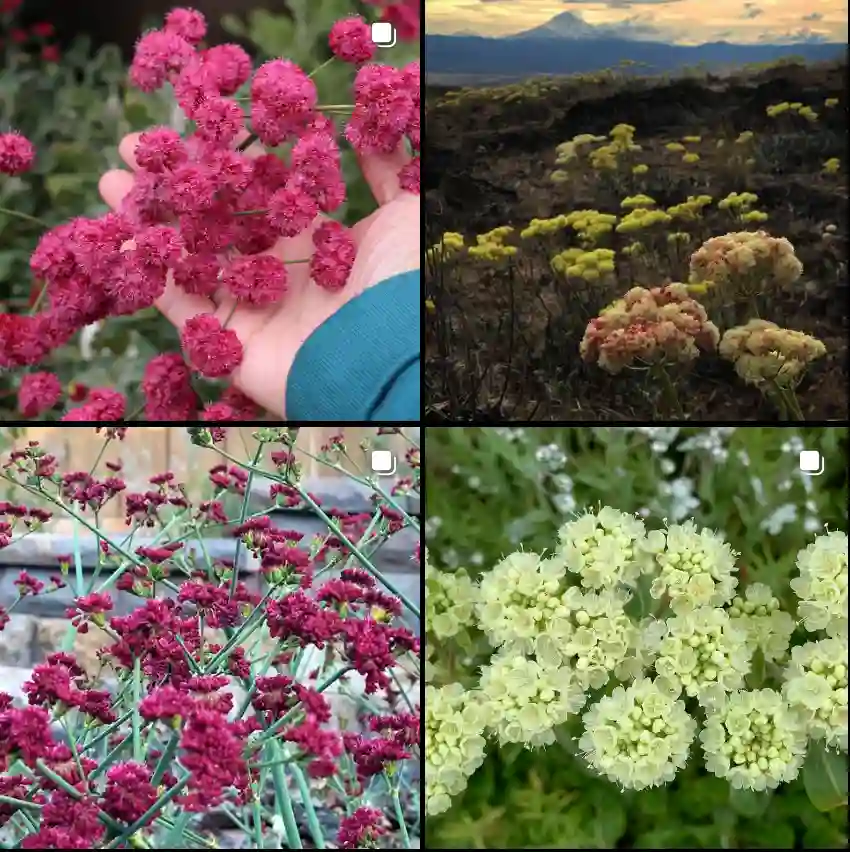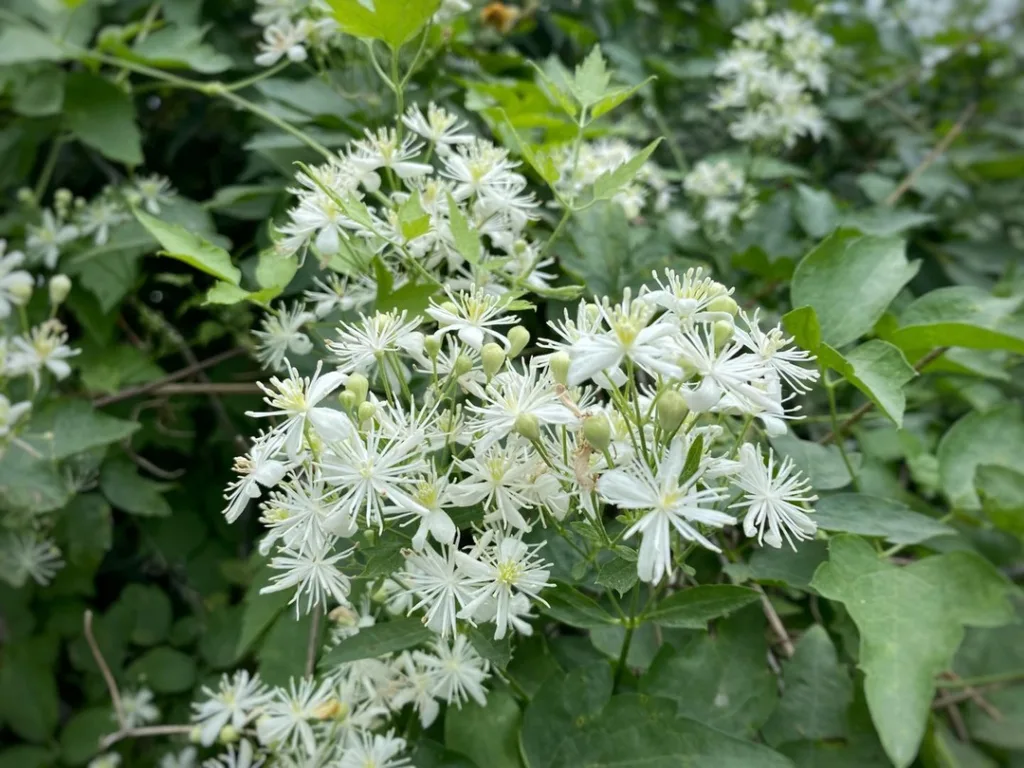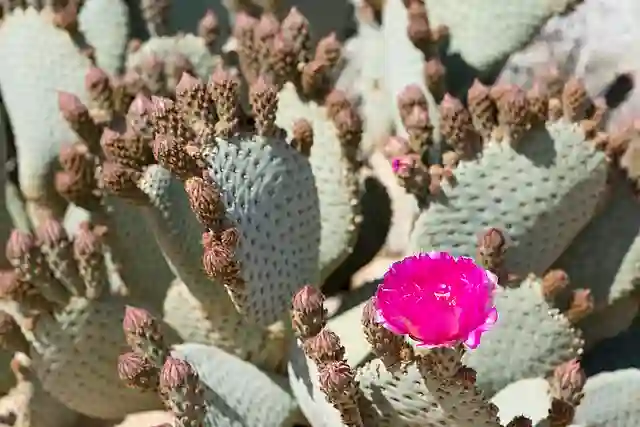
FAQs About Pride of Barbados
As someone who’s had hands-on experience with the Pride of Barbados (Caesalpinia Pulcherrima), I’ve gathered plenty of insights and answers to frequently asked questions about this vibrant plant. Here’s a comprehensive guide based on my personal experiences and research.
10 Species in Genus Caesalpinia
How to Grow Pride of Barbados from Seed?
Growing Pride of Barbados from seed is an exciting endeavor. Start by soaking the seeds in water for 24 hours to soften their hard coating. This process, known as scarification, enhances germination rates. After soaking, plant the seeds in a well-draining potting mix, ideally a blend of peat, perlite, and sand. Keep the soil consistently moist but not waterlogged. Place the pot in a warm, sunny spot, as the seeds require warmth to germinate, which typically takes about 2 to 4 weeks.
When to Plant Pride of Barbados in Central Texas?
In Central Texas, the best time to plant Pride of Barbados is during the spring, after the last frost date. This timing allows the plant to establish itself before the heat of summer arrives. The warm temperatures and abundant sunshine of Central Texas are ideal for this plant’s growth, ensuring it thrives and blooms vibrantly.
When to Pick Pride of Barbados Seed Pods?
The seed pods of Pride of Barbados are ready to harvest when they turn brown and start to dry out. This usually occurs in late summer to early fall. The pods will crack open when they are fully mature, and you can collect the seeds from them. If you wait until the pods are dry and brittle, you’ll find the seeds inside easier to harvest.
How Long Does Pride of Barbados Live?
Pride of Barbados is a perennial plant, meaning it can live for several years with proper care. In ideal conditions, it can live up to 10 to 15 years. Its longevity depends on factors such as climate, soil quality, and how well it’s maintained.
How to Propagate Pride of Barbados?
Apart from growing from seeds, Pride of Barbados can be propagated through cuttings. Take a cutting from a healthy, mature plant, ideally during the late summer or early fall. Remove the lower leaves and dip the cut end in rooting hormone. Plant the cutting in a pot with well-draining soil and keep it in a warm, sunny location. Maintain consistent moisture until roots develop, which usually takes a few weeks.
Are Pride of Barbados Deer Resistant?
Yes, Pride of Barbados is considered deer resistant. While no plant is completely deer-proof, this plant’s tough leaves and thorny structure make it less appealing to deer compared to other species. In my garden, I’ve found that deer tend to avoid it in favor of more tender, tastier plants.
Can You Grow Pride of Barbados in a Pot?
Absolutely! Pride of Barbados can be grown in pots, making it a versatile option for containers. Choose a large pot with good drainage to accommodate its growth. Ensure the potting mix is well-draining and keep the plant in a sunny location. Container-grown plants may need more frequent watering and feeding compared to those planted directly in the ground.
Do Deer Eat Pride of Barbados?
Generally, deer avoid Pride of Barbados due to its thorny leaves and less palatable nature. However, if food sources are scarce, deer might occasionally nibble on it. In my experience, they tend to prefer more tender vegetation, leaving this plant relatively untouched.
Does Pride of Barbados Freeze?
Pride of Barbados is not frost-tolerant and can suffer damage if exposed to freezing temperatures. In colder climates or during unexpected cold snaps, it’s wise to cover the plant or move it indoors if it’s in a pot. In Central Texas, where winters are milder, the plant can usually survive with some protection during occasional cold spells.
Does Pride of Barbados Have Thorns?
Yes, Pride of Barbados has thorns, especially on its stems. These thorns are a natural defense mechanism and contribute to its deer resistance. When handling the plant, it’s advisable to wear gloves to avoid pricking yourself.
How Big Does Pride of Barbados Get?
Pride of Barbados typically grows to about 6 to 12 feet tall, with a spread of 6 to 8 feet. In optimal conditions, it can sometimes exceed these dimensions. Its large, colorful blooms and expansive foliage make it a standout feature in any garden.
How Fast Does Pride of Barbados Grow?
This plant is known for its relatively fast growth rate. Under ideal conditions, it can grow several feet in a single growing season. Providing it with ample sunlight and proper care will encourage vigorous growth and abundant flowering.
Pride of Barbados vs Mexican Bird of Paradise
Pride of Barbados and Mexican Bird of Paradise (Caesalpinia mexicana) are often confused due to their similar names and appearances. While both belong to the Caesalpinia genus, the Pride of Barbados is more commonly grown for its vibrant orange and red flowers, whereas the Mexican Bird of Paradise has yellow blooms. Additionally, the Pride of Barbados tends to have a more compact growth habit compared to the larger Mexican Bird of Paradise.
How to Care for Pride of Barbados
Caring for Pride of Barbados involves regular watering, especially during dry periods, and feeding with a balanced fertilizer. It thrives in full sun and well-draining soil. Pruning can help maintain its shape and encourage more blooms. Keep an eye out for pests like aphids and spider mites, and address any issues promptly to keep the plant healthy.
What to Plant With Pride of Barbados?
Pride of Barbados pairs well with other heat-tolerant and drought-resistant plants. Consider companion plants like Lantana, Blanket Flower, or Ornamental Grasses to create a colorful and resilient garden. These plants will complement the vibrant blooms of the Pride of Barbados and help create a harmonious garden design.
In summary, Pride of Barbados is a hardy and beautiful plant that offers a vibrant splash of color to any garden. By following these tips and understanding its needs, you can successfully grow and enjoy this striking plant in your own garden.
If i die, water my plants!



